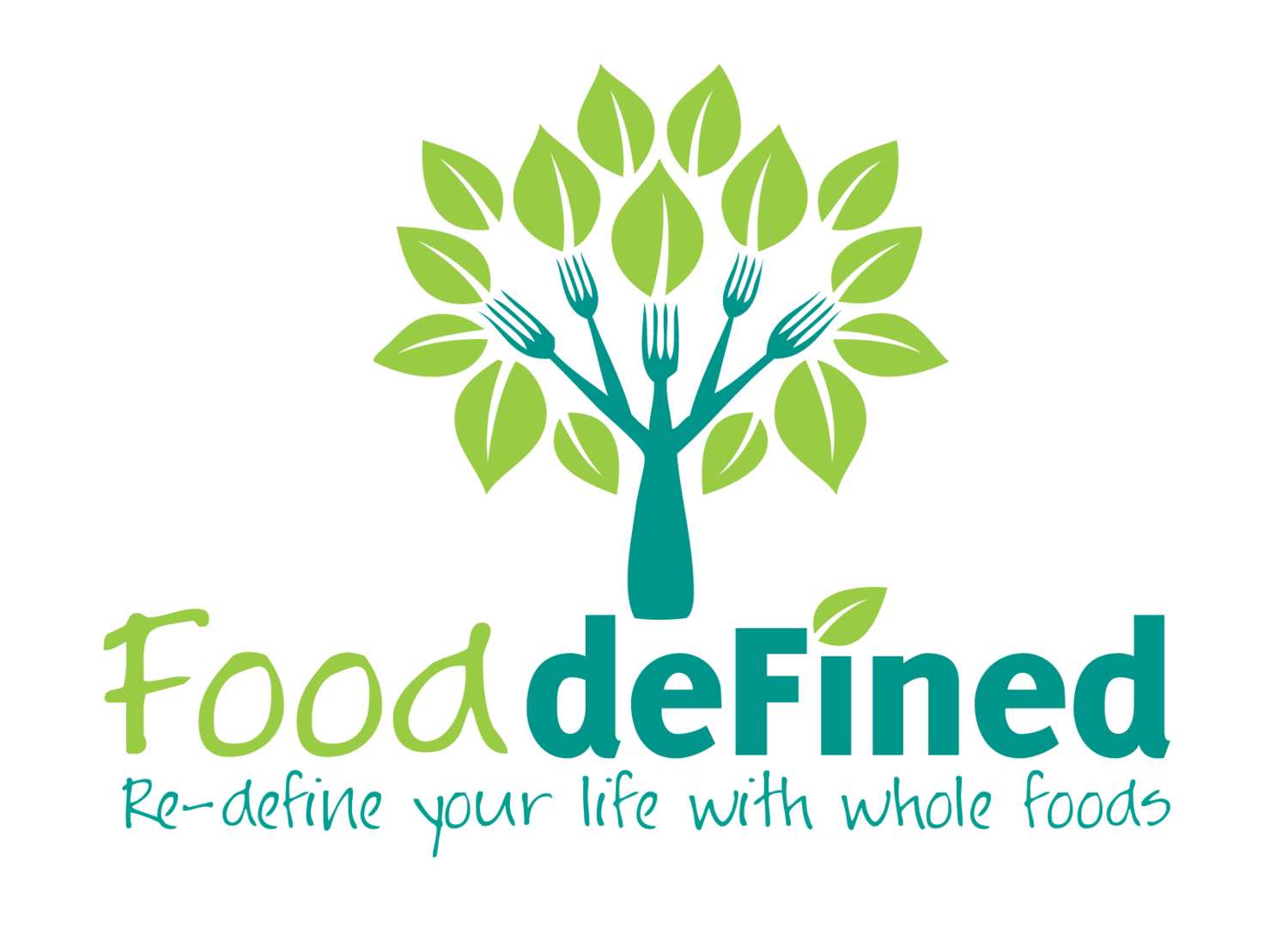Healthy Food Guide
Healthy food is a very broad description of something you put in your mouth to eat, that promotes health in your body. Does it seem like the goal posts keep changing for you in this arena?
That is simply because every food is not made equally for every body. A food that you eat could promote health for you, though in another’s body it will demote health. Every person’s body is different, therefore what you eat should be different too.
The other side to this little story is that there are definitely ‘foods’ that are, in general, good or not good for the health of the human body, so let’s broaden the scope of discussion to include those…..
Wholefoods
These are foods that can be identified as something that has come straight out of the ground; off a tree; off a bush; or from an animal. They are foods that are unchanged, unprocessed, and not manipulated in any way. Example: An almond is a wholefood because it has been picked from a tree, the shell that holds it is cracked open, and you eat the kernel inside. It has not been changed by a human or factory machine.
A popular crispbread biscuit mostly used to have for lunch or a snack with cheese and tomato resting on top of it (rhymes with talada) is a completely processed and changed food. The ingredients do include things that once were ‘food’, but the processing of these into a product causes all nutrients to be lost, and the possibility of the oils they use causing harm due to oxidation and heat is high. Salt and sugar is also added. These products provide no nutritional benefit to your body; the things you put on top of them may, but we can do better when it comes to lunch and snacks.
Wholefoods also contain a vast array of nutrients that combine and compliment each other in one food. This makes it easier for your body to digest and metabolise because they are all working together as nature intended. Why do we feel the need to break apart foods, extract the ‘good bits’, shuffle everything around, heat them up, and try and put them back together in a package and label it as ‘healthy’!? This does not make sense to me, and I believe putting more focus on how you can introduce real food into your eating lifestyle is the best path to a healthy body. When you have implemented new, healthy habits around preparation of wholefoods, then they too, become convenient.
Other examples of wholefoods:
– Fruits
– Vegetables/edible plants
– Herbs
– Nuts
– Seeds
– Legumes
– Grains
– Eggs
– Fish
– Poultry
– Red and white meats
– Raw milk
The debate about whether fish, poultry and meat is a wholefood is a good one. Of course these animals have been killed for their meat, so for ethical reasons they can be described as processed; though the meat coming from these animals is unchanged unless you get them in the form of mince, sausages, processed deli meats (all of which I don’t believe promote health in the general population).
Adding these foods into your eating lifestyle as meals and snacks may take a bit of getting used to; though they are the most nutrient-dense and will offer your body the best chance of becoming more healthy, and staying healthy, so as to prevent illness in the future.
Which of these foods are best for YOUR body? That is a different blog post, and one that isn’t too far away. The basics of this topic mean being able to listen very carefully to what your body tells you, and take action on the symptoms it provides as a form of communication.
Healthy food is real food, for your real body.
